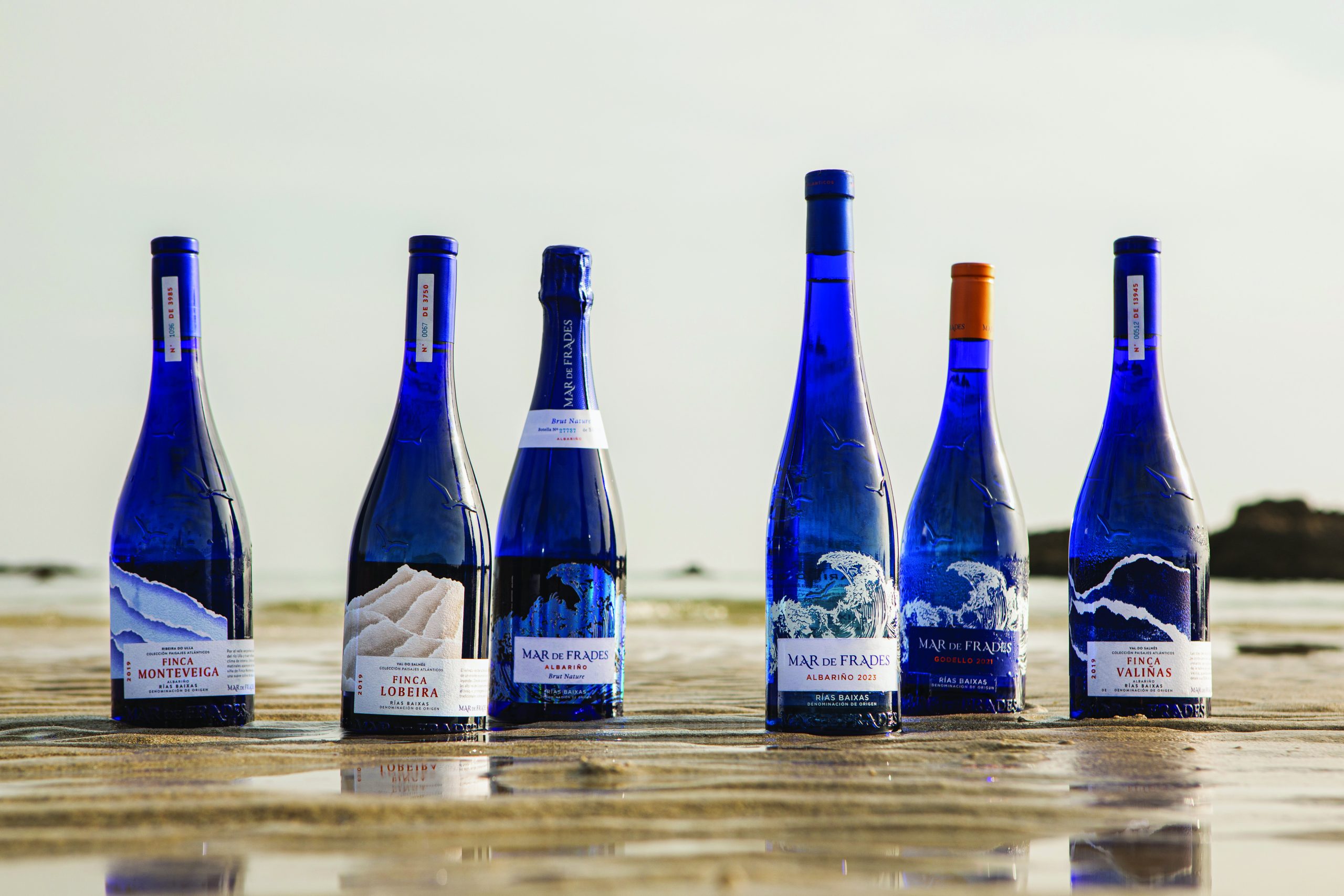How important are ex-châteaux sales?
Ex-cellar sales from prestigious châteaux are becoming increasingly common – but their importance should not be overestimated, cautions a leading auctioneer.
Speaking to the drinks business, Sotheby’s CEO of Wine for the Americas and Asia, Jamie Ritchie, said that though high profile and important, ex-cellar sales do not constitute that big a part of the auction house’s overall business.
Commenting soon after the latest in a long and illustrious line of ex-cellar sales (nearly all in Hong Kong) this time involving Mouton Rothschild, he said: “In the big scheme of things it’s a small part of our business but an important one.
“These are little highlights but I don’t think it’ll ever become a major part of our business in dollar terms.”
Figures recently released by Sotheby’s as part of its 2014 report confirm this. In the last five years the house has never even come close to matching the US$11 million achieved from direct winery sales in 2010 – the year of the famed Lafite ex-cellar sale which, arguably, began the trend for ex-cellar sales; a trend given added weight by calls for greater provenance.
Yet even that $11m lagged far behind the $37m made in multi-owner sales that year. Since 2010 Sotheby’s has conducted ex-estate sales from Haut-Brion, Cheval Blanc and Domaine Drouhin among others yet its next biggest year was 2013 when only $4.3m was made from direct sales, again in sharp contrast with the $33.8m from multi-owner sales.
Last year ex-cellar sales amounted to $2.5m at a time when multi-owner sales bounced back to $51m, the second highest total since 2010 ($52.8m – incidentally when direct winery sales hit their lowest point sin six years – just $500,000).
Undoubtedly, the struggles of the fine wine market from early 2011 until the latter quarter of 2014 will have had a dampening effect on sales.
Partner Content
Latour tried to follow its fellow first growth Lafite with an ex-cellar sale in Hong Kong through Christie’s in 2011. While successful to a point, having jumped in as the market was careening downwards it was no way near to matching Lafite.
Similarly, Sotheby’s Cheval Blanc ex-cellar sale in Hong Kong last year also came in June and failed to capitalise (if that was indeed the intention) on any potential demand for the label in the Year of the Horse.
Mouton was better prepared for this Chinese New Year and the sale was a much vaunted success, making over HK$30m, although – as Liv-ex recently pointed out – the factors behind that success may have less to do with the Year of the Ram association and is more the fortunate, cumulative result of the momentum behind Mouton that has been growing since summer of last year.
In the same vein, Ritchie questions how far these record auctions sway the wider market. The Lafite sale undoubtedly had a ripple effect on the estate’s pricing in its immediate aftermath and was likewise part and parcel of the bubble and the bursting of that bubble soon afterwards.
The Mouton sale, he expects, “will help Mouton in the market” on the back of the new benchmarks set but with the state of the market at present it is unlikely to have any immediate negative effects.
“No one thing makes or breaks a market,” he said. “This sale just brings to the front the quality of the wines and the thirst for direct cellar offerings.”




